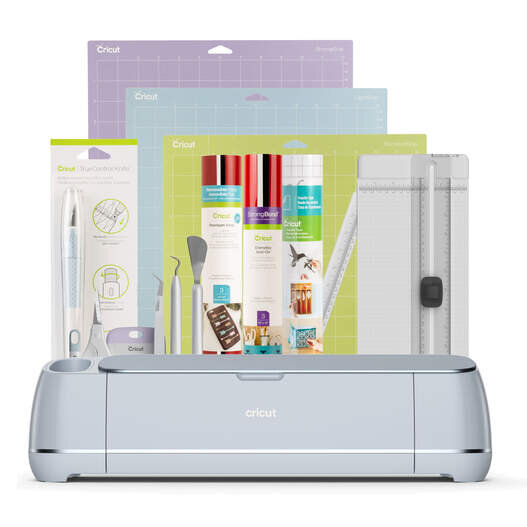In the landscape of entrepreneurship, especially for small makers and artisans, the journey from concept to market can be challenging yet deeply rewarding. Whether crafting handmade goods, creating artisanal products, or launching a niche service, small makers play a crucial role in enriching local economies, preserving cultural heritage, and fostering innovation. Central to their success are two fundamental elements: mastering the art of cost management (“cuts”) and navigating financial strategies (“credit”). This article explores how these components form a crucial starter pack for small makers, empowering them to thrive in competitive markets.
Mastering the Art of Cost Management: “Cuts”
Cost management is a cornerstone of business sustainability and profitability for small makers. Here are key strategies to optimize costs effectively:
1. Material Sourcing and Inventory Management:
- Strategic Sourcing: Identifying reliable suppliers offering quality materials at competitive prices is essential. Building long-term relationships and negotiating favorable terms can yield cost savings.
- Lean Inventory Practices: Minimizing excess inventory reduces storage costs and prevents wastage. Implementing just-in-time inventory systems and forecasting demand accurately can optimize working capital.
2. Operational Efficiency:
- Streamlined Processes: Evaluating and refining production processes to eliminate inefficiencies and reduce labor costs.
- Energy and Resource Efficiency: Adopting sustainable practices not only aligns with consumer preferences but also lowers operational costs over time.
3. Marketing and Distribution:
- Targeted Marketing: Investing in cost-effective marketing channels such as social media, content marketing, and collaborations with influencers or local communities.
- Optimized Distribution: Choosing cost-efficient distribution channels, including online platforms, local markets, and partnerships with retailers, to reach target audiences effectively.
4. Financial Prudence:
- Budgeting and Forecasting: Developing realistic budgets and financial projections helps in managing cash flow and anticipating financial needs.
- Cost Monitoring: Regularly monitoring expenses and identifying areas for cost reduction or reallocation ensures financial health and sustainability.
Navigating Financial Strategies: “Credit”
Access to credit and financial resources is vital for small makers to scale operations, expand market reach, and invest in growth opportunities. Here’s how small makers can navigate financial strategies effectively:
1. Traditional Financing Options:
- Bank Loans: Exploring loans tailored for small businesses, backed by business plans and financial statements that demonstrate creditworthiness.
- Microfinance: Accessing microloans from specialized institutions or community-based lenders that cater to small enterprises.
2. Alternative Funding Sources:
- Crowdfunding: Utilizing platforms to raise capital from supporters, investors, or backers interested in niche products or artisanal endeavors.
- Grants and Subsidies: Researching government grants, subsidies, or entrepreneurial competitions that support small business development, innovation, or sustainability initiatives.
3. Financial Management Tools:
- Accounting Software: Implementing user-friendly accounting software to manage finances, track expenses, and generate financial reports.
- Financial Advisory Services: Seeking guidance from financial advisors or mentors who specialize in small business finance to navigate complex financial decisions.
4. Building Creditworthiness:
- Establishing Relationships: Developing positive relationships with financial institutions and lenders through prompt repayment and responsible financial management.
- Credit Building: Gradually building a strong credit history by responsibly using credit facilities and maintaining a healthy balance between debt and equity.
Disclaimer: The thoughts and opinions stated in this article are solely those of the author and do not necessarily reflect the views or positions of any entities represented and we recommend referring to more recent and reliable sources for up-to-date information.



